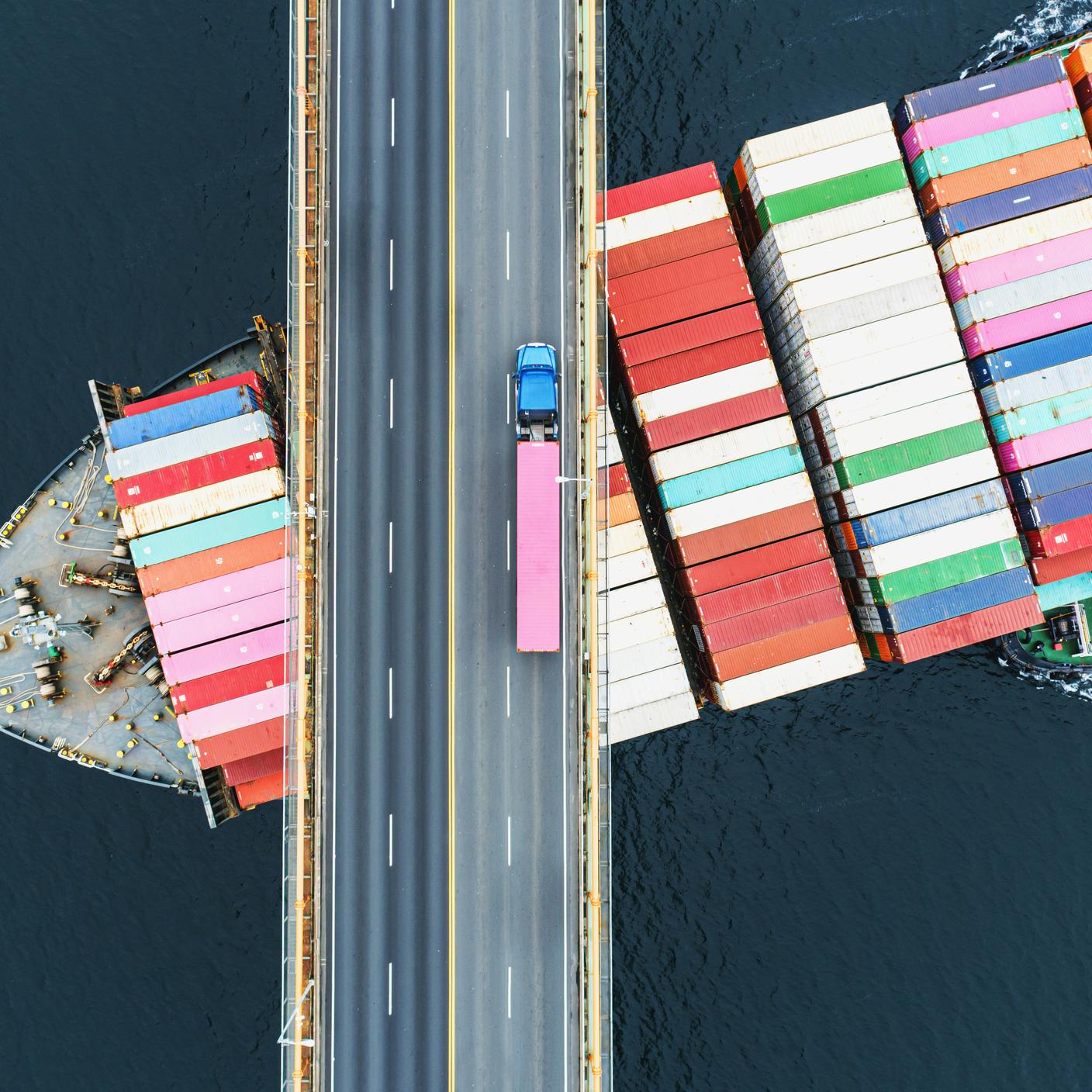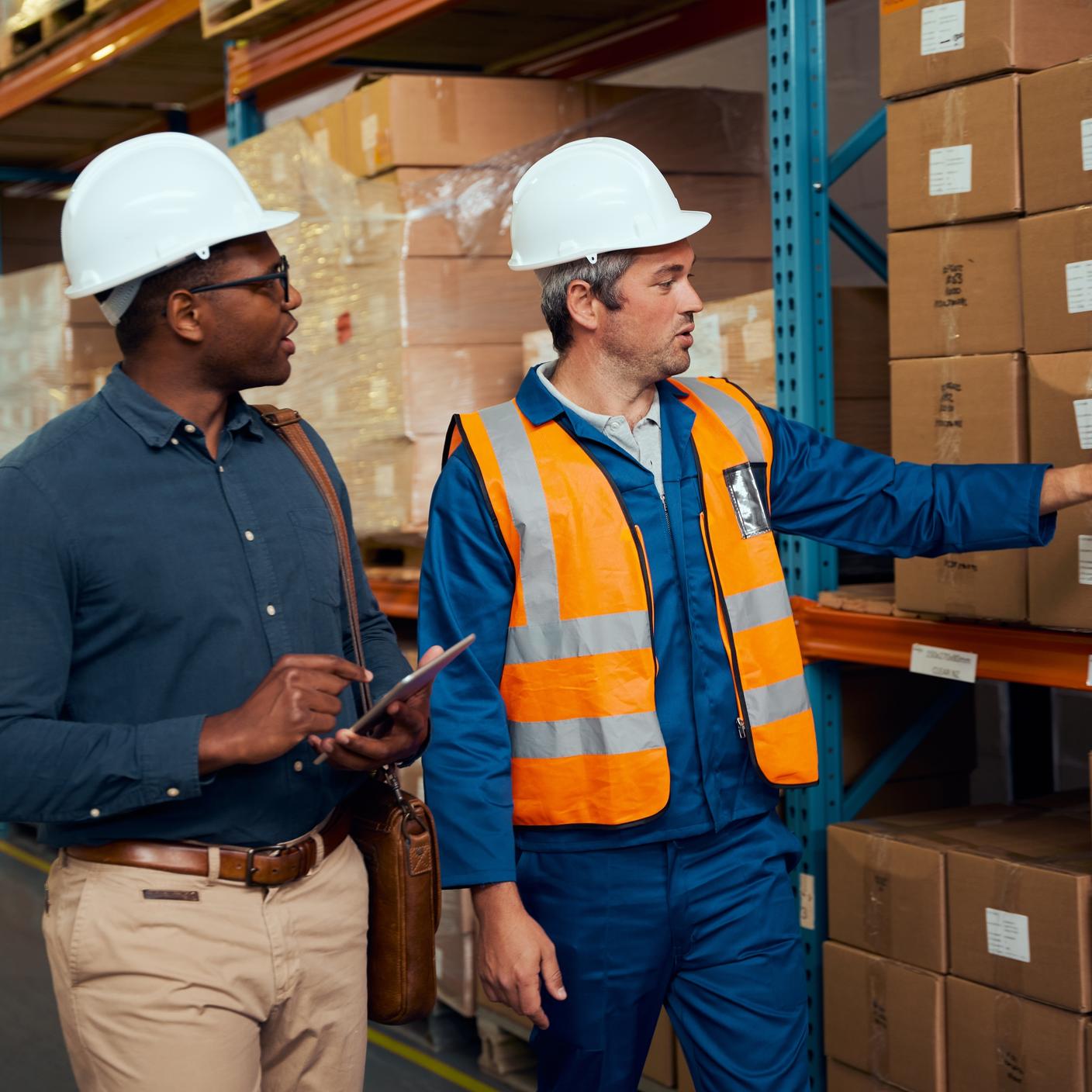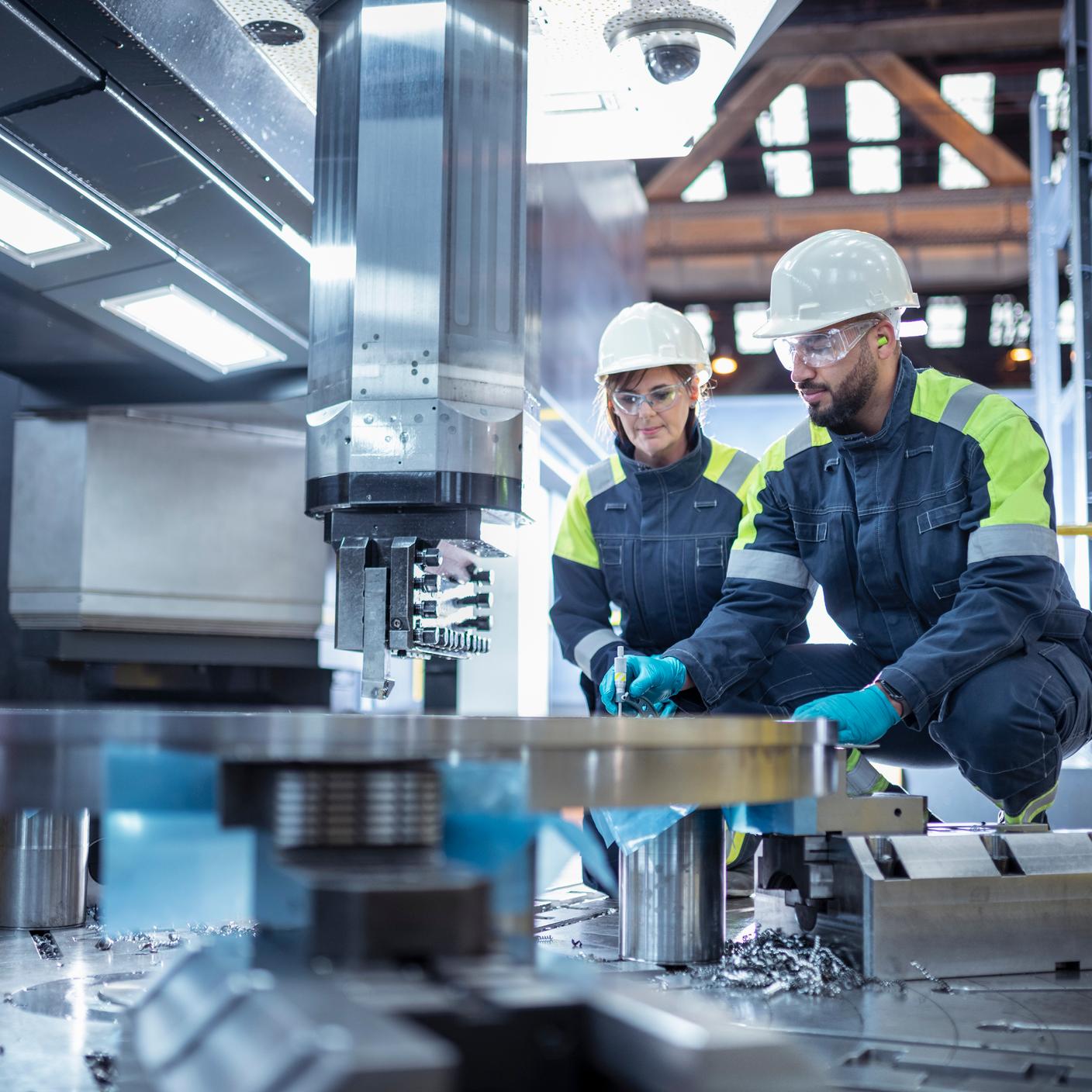How AI could help build stronger supply chains
The COVID-19 pandemic significantly affected supply chains – and the world hasn’t been the same since. In this post, a version of which was first published by Supply Chain Brain, Craig Civil, BSI’s Director of Data Science and Artificial Intelligence, explores how AI monitoring and tools have the potential to help build global supply chains fit for the future.
Simulating supply chains with a digital twin
Anticipating the future remains a major hurdle for worldwide supply chains. Unforeseen weather extremes or social disruptions in a single location have the potential to impact the entire supply chain across other regions.
An approach to ready your organization for possible situations and observe their unfolding is by generating a 'digital twin.' This involves a virtual copy of a supply chain, encompassing assets, storage facilities, and resources. Through simulating potential occurrences in hypothetical situations, one can assess the extent of risk and strategize for its control.
Harnessing the Internet of Things
The Internet of Things (IoT) is a system of self-reliant, internet-connected objects that can collect and transfer data over a network without human intervention. IoT devices use AI monitoring to gather data and send alerts if machines need maintaining or replacing.
For example, during a heatwave, IoT devices could check the internal temperature of something sensitive to extreme temperatures, like a vaccine. This kind of AI monitoring would make sure that the vaccines were still in perfect condition on reaching their destination, despite the unpredictable weather.
The power of machine learning
Machine learning is a system that constantly learns from data in real time, alerting organizations to potential impacts in the supply chain. The system can analyze copious amounts of data quickly and recognize signals, patterns and trends that mean adjustments might need to be made.
The uses for machine learning in supply chains are endless. With the right algorithms in place, it could help determine the most cost-effective route for transport, factor in wear-and-tear on vehicles and equipment, maximize miles and fuel costs or avoid high-risk areas.
This could mean the difference between a global shortage of a key product or swift and cost-effective replenishment when demand is high.
The challenges of AI in supply chains
For smaller organizations, cost may be a barrier to using AI monitoring effectively in supply chains. The ‘digital twin’, for example, is still an expensive emerging technology, and the IoT requires a significant upfront investment in smart machines.
Future-forward organizations with a desire to innovate could look to cloud computing, which makes it possible for the smaller ones to have considerable processing power without having to buy racks of in-house computer servers.
Similarly, tools like machine learning may give access to large volumes of data, but that’s only truly useful if it’s skillfully analyzed. Getting it wrong could lead to a decision that is harmful to a brand’s reputation, so it may be more advisable to marry AI monitoring with human expertise. This plays on the strengths of both to leverage each other’s strengths and enhance the supply chain most effectively.
Supply chain disruptions can teach us to expect the unexpected. Whether or not your organization expects disruption as business as usual, you can look to the wealth of innovation to navigate the learning curve of changing times.








